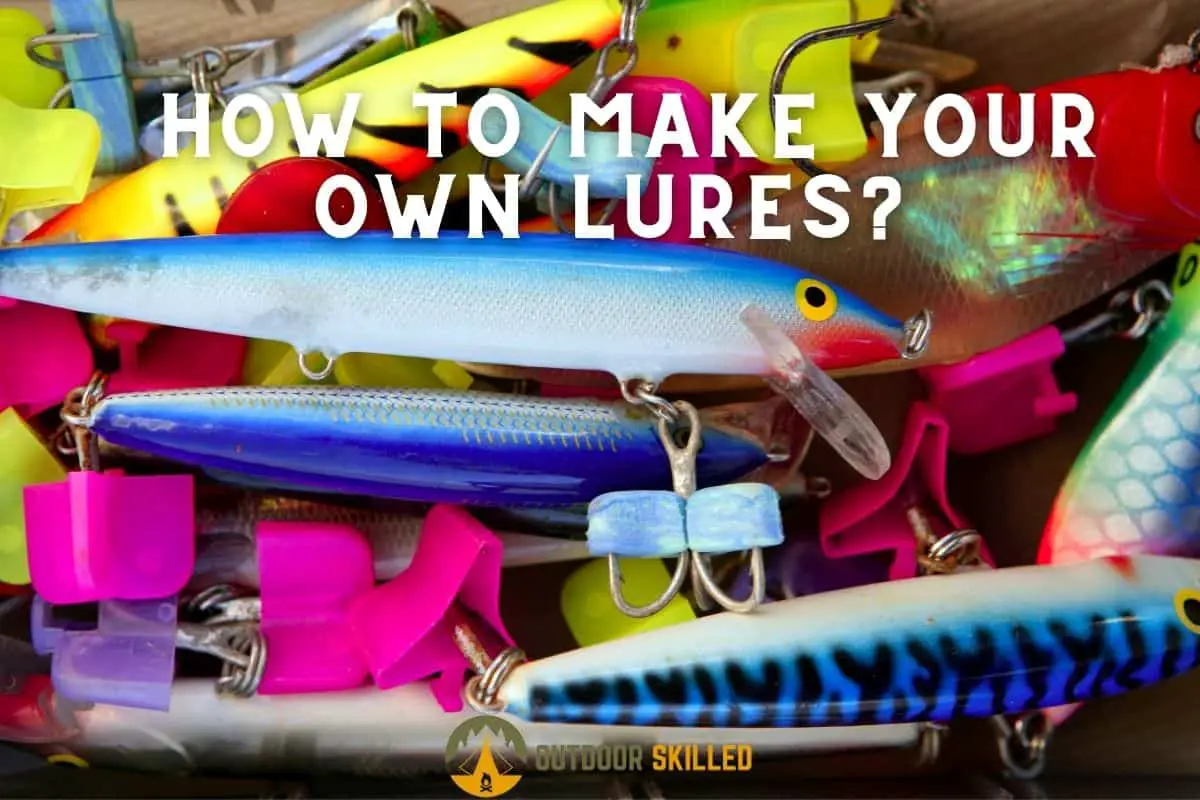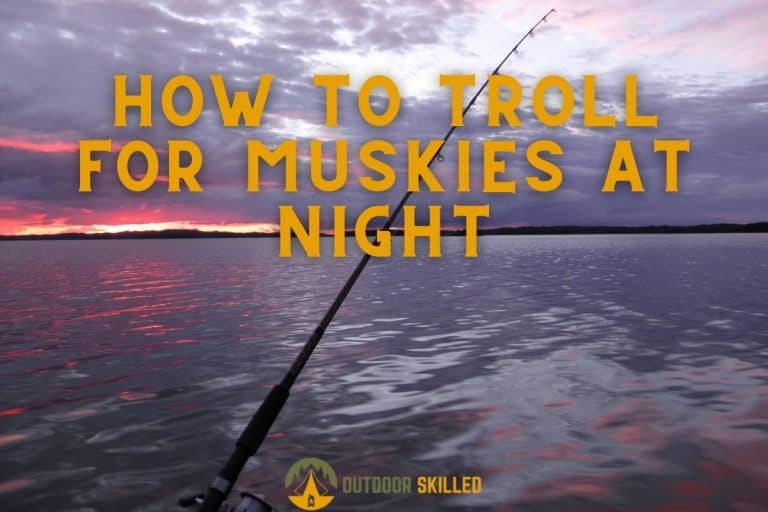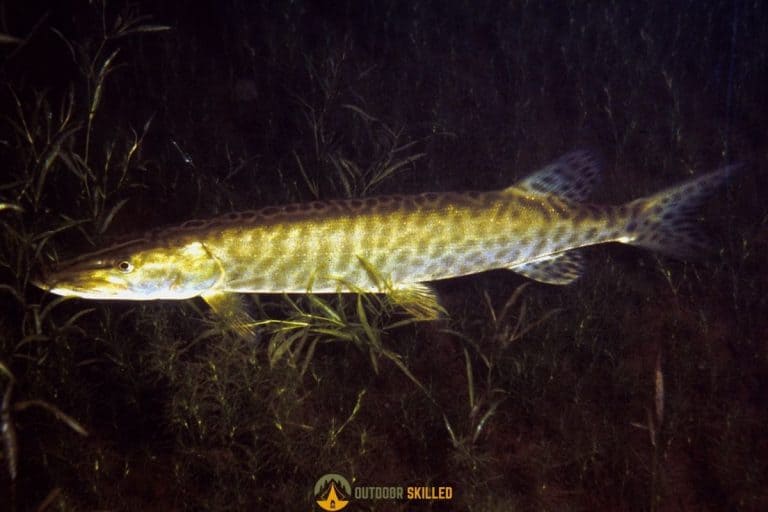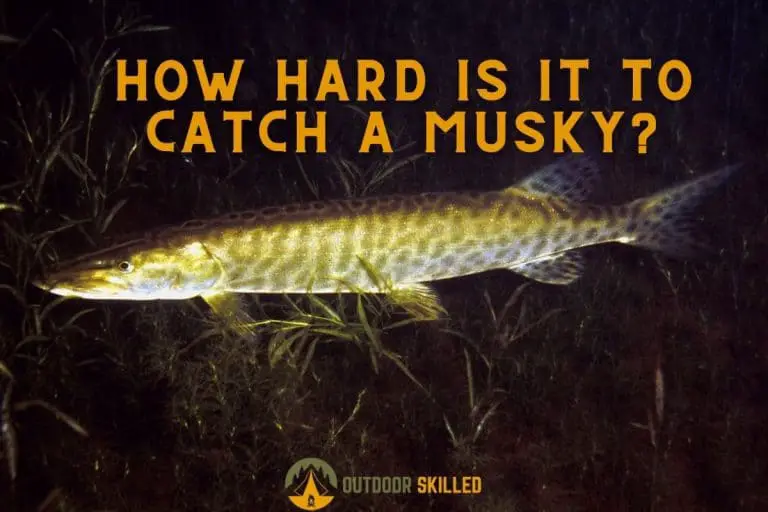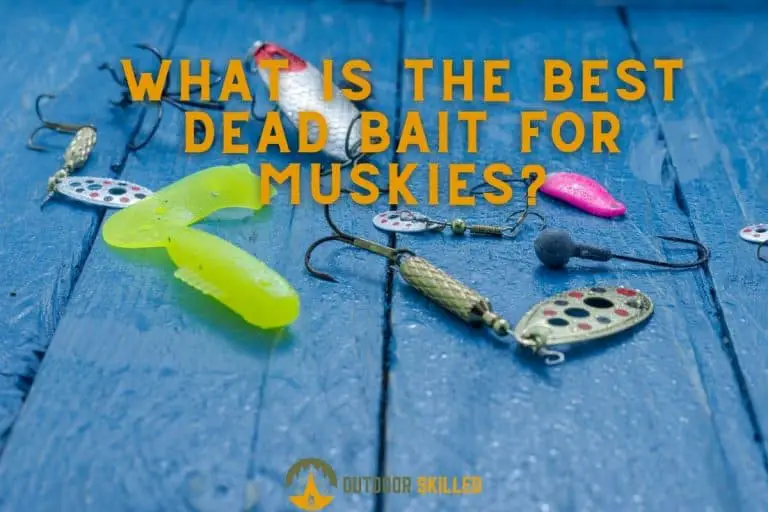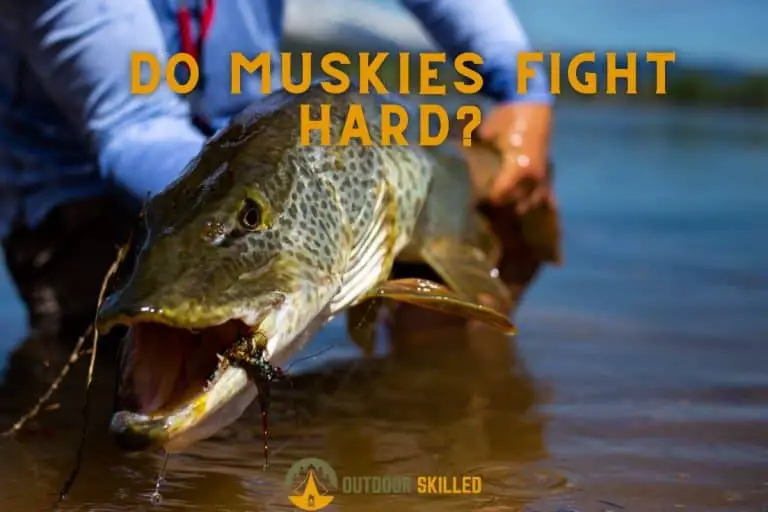9 Easy Steps to Make Your Own Oversized Musky Lures
While musky enthusiasts are waiting for the winter to be over so they can get on a fishing boat and have fun doing their hobby, they search for another hobby in the same category to pass the time while at the same time get prepared for their favorite season.
Many anglers started to do their own musky lures for various reasons, the biggest one is that it’s a fun thing to do! I’m here to help you make your own oversized musky lures for your next trophy musky.
So, how to make your own oversized musky lures? To make your own oversized musky lures you’ll need material like different colored feathers, colored bucktail hairs preferably yellow and red, flash, and chartreuse line. Your tools can include a vise, scissors, a bobbin with thread, a whipping tool, two-part epoxy, and weighted jig heads.
Read on for more detailed procedures on how to catch your next trophy musky with irresistible musky lures that you made yourself. Believe me, this can double your feeling of victory!
Table of Contents
What you Need to Make Homemade Musky Lures

Many anglers choose to make homemade lures for fun, others want to save a couple of bucks. No matter which category you fit in, making your own oversized lures that can catch big monster muskies is something worth trying.
The tools are not complicated and you already probably have them around your garage. If not, we have some good recommendations that can get it to your doorstep in a couple of days.
You’ll need a vise to hold your weighted jig heads in a position that allows you to wrap your material around it easily.
The bobbin is used to let out the thread you’re using to tie up your material, it’s easy to use and keeps your thread from tangling.
The whipping tool will allow you to tie off everything together in an easy way.
Note that the scissors you’re using should be sharp enough to be able to cut the feathers, bucktail hairs, and thread evenly. Any glue you want to use will be fine, it’s essential to spread it out on the thread at the end of the process.
The material you’re using is up to you, choose a pattern and keep it in front of you and try to imitate its colors and shape.
By the way, you can also click here to learn how to catch fish to use as Live Musky Bait. Live bait often brings in even better results, but it’s not always possible – or legal – to use it. Take a minute to read the post and find out how and when you can use it.
9 Steps to Make Homemade Musky Lures
Making homemade musky lures is not a difficult job to do, it turns out to be fun too! The interesting part is that you can make as many patterns and different-looking lures as you please, muskies won’t let you down. I choose to imitate bucktails as they’re one of the best musky lures out there that can be used during different seasons and give out great results. With the same tools, you can make your own customized lure and add your personalized touch.
So, the steps of making a homemade musky lure are:
- Put the jig head in the vise and make sure to clamp it tight not to move while you’re working.
- Use the bobbin to wrap the thread around the jig head. The thread can be of any material and any color. It’s important to use the thread to prevent the bucktail hair from slipping.
- Trim the thread off with sharp scissors after making an adequate base.
- Tie some feathers with different colors together with the thread and secure it. It’s better if they’re long and of attractive colors that can stand out.
- Wrap the bucktail around the feathers and secure it with the thread from the side. If you’re going for high-profile baitfish, spread it out a little before you secure it.
- Add a flash, and make sure it’s shiny and visibly attractive enough for a musky.
- Add more bucktail on the top. You can change the color according to the pattern you’re going for.
- Use the whipping tool to tie everything off.
- Spread the glue on the thread to secure it completely. Leave it for 5 minutes to dry.
Do you want more instructions? Check the video below:
Now you have your own customized musky lure! You can go and make lots of different patterns and let your artistic touch take the lead.
Pro Tips for Making Homemade Musky Lures
You may need some pro tips to help you get the best out of the experience whether you’re still making your homemade musky lures or ready to get them in the water. Here is mine:
- Add a red-colored material at the end of your bucktail lure that can be used as a blood trail illusion. Nothing attracts a hungry musky more than a bleeding fish that won’t fight.
- Add a rattle to your lure to make it produce noise. It’s true that muskies are sight feeders that chase a fish when they see it, but adding some noise can be intriguing to them.
- If you are fishing on a rainy day, it’s important to dry your lure on a paper towel before putting it in the box. The air will dry it and it won’t find rust in the box.
- Get a cavity tackle box to keep your made lures when you’re done fishing. Keep them there until they’re dry then transfer them to their original box, this way they’ll last longer.
Do you have your lures ready? Next up; get the rest of your fishing gear ready. You can start by checking my recommended musky reels here.
Related Questions
How to Make Jointed Lures for Muskies?
To make jointed lures for muskies you need to cut your lure in half, hand twist your hook hangers and line ties out of stainless wire, make an eye from wire, then make the second eye with the loop through the first eye before you twist the shank into a screw shape.
What Size Split Ring Musky Lures?
The best size split ring musky lures is 7. Size 7 is the standard for musky fishing and it is used for most applications. Note that size 7 doesn’t always fit in the hook hangers on some lures so you have to drop down a size. You can use size 5 on smaller lures.
What is the Best Wood for Making Fishing Lures?
The best wood for making your fishing depends on how you plan to use it. Softer woods like balsa, pine, cedar, white cedar are light-weighted and have faster action. Harder woods like maple, oak, ash, and walnut can make good suspending lures for deeper fishing, but they can be harder to shape.
Helpful Resources
If you like this article, please share it or pin it, you can find the share buttons below. We will really appreciate it ❤️


